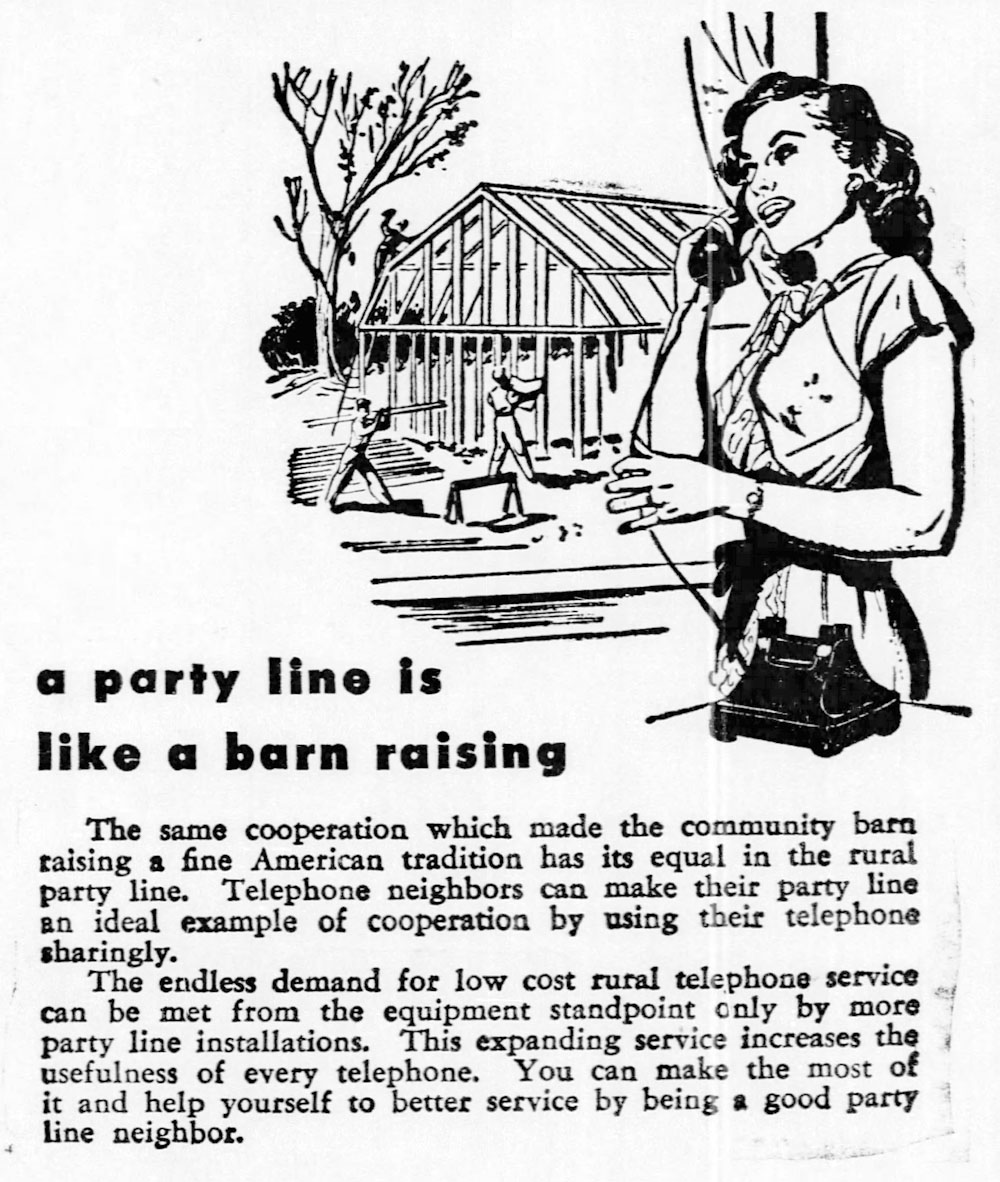Artist: Joni Mitchell
Released: 1970
Lyrical Relic: DDT
Hey farmer farmer Put away that DDT now Give me spots on my apples But leave me the birds and the bees Please! Full lyrics
Joni Mitchell wrote “Big Yellow Taxi” on her first trip to Hawaii. The story goes that the first morning she woke up in her hotel, she opened the curtains and saw beautiful green mountains in the distance. But when she glanced down, she was dismayed to only see a huge parking lot. Not sure why she was so surprised: she was staying at a massive “pink hotel” (supposedly the Royal Hawaiian) in urban Honolulu, which has the highest population density in the state. If she had instead visited some of the other 90% of Hawaii that is classified as “rural”, this song may have never been written.
This environmental anthem mostly still rings true today, as we have never ceased in transforming our natural world into concrete. What has changed, however, is our use of DDT. At the time that Joni wrote this song, DDT (dichloro-diphenyl-trichlorethane) was a widely used pesticide in the US.
DDT was the first of the modern synthetic insecticides developed in the 1940s. Initially, it was used by the military in WW II to control insect-borne diseases like malaria. Farmers soon began to use it on their crops because it was effective, relatively inexpensive, and long-lasting. It was also used indoors as a form of pest control.
Rachel Carson’s classic 1962 book Silent Spring raised major public concern about the harmful effects of DDT on living things, especially predator birds. In 1972, the US banned the use of DDT. Joni’s native Canada banned it two years later. Some developing countries still use DDT to control mosquitoes that spread malaria, a practice that continues to spark debate. Today, DDT is classified as a probable human carcinogen by US and international authorities.
The farmer may have taken away the DDT, but because it is so stable and lasts a long time in the environment, its threat may persist for decades later. In 2019, researchers found “concerning” levels of DDT in remote lakes in north-central New Brunswick.
BONUS LYRICAL RELIC: “A dollar and a half” to see the trees in the tree museum
They took all the trees Put 'em in a tree museum And they charged the people A dollar and a half just to see 'em
The tree museum refers to the Foster Botanical Garden in downtown Honolulu. It’s the oldest of the Honolulu Botanical Gardens and includes several endangered historic trees. The cost of admission today is $5 for adults ($3 for Hawaii residents). Amy Grant’s 1994 cover version of “Big Yellow Taxi” overinflated the cost to “25 bucks”, so you’re still getting a fairly good deal!
Sources:
https://www.epa.gov/ingredients-used-pesticide-products/ddt-brief-history-and-status



